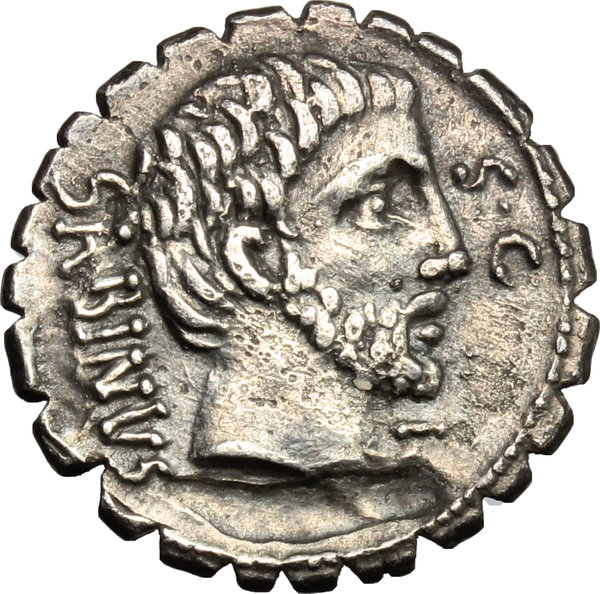Coin clipping is the practice of cutting small pieces from coins. Coins were once made of pure gold and silver, and through everyday use were subject to wear. It was not usual to receive a coin which was not perfectly round. So cutting or filing a small amount off the coin would probably go unnoticed. The cut-off pieces would then be melted into a bar and sold to a goldsmith, or used to make counterfeit coins.
Actually clippling coins produces a sort of debasement of the money because reduces the amount of precious metal in it. So the nominal value is greater than the equivalent value of base material.
The practice of clipping is common to all people. Here an example in a celtic coin.
CELTIC COINS, THE RHINELAND AND SOUTHERN GERMANY. RHINELAND, Regenbogenschüsselchen. Stater, gold, 1st c. B.C AV 7.12 g. Triskelis within wreath. Rev. Six annulets, three with pellet within them and three with an annulet; around, zigzag border.
Here another example, from https://ebrary.net/443/economics/clipping
Here another example, from https://ebrary.net/443/economics/clipping
The site explains: Clipping was the word for cutting small amounts from coins as well as filing metal from the edge of the coin, making it slightly smaller. The clippers relied on the fact that after clipping, that is reducing the intrinsic value of the silver coins, they would continue to be recognized and used for payments. They were quite right and the practice of clipping was widespread.
Clipping in celtic coins. Some pieces had been cutted out.
To avoid the filing, the Roman invented the Denarius Serratus.
The indentation of the edge of the coin had been made before the piece was struck.
So the filing of the edge, if made, is clearly visible.



